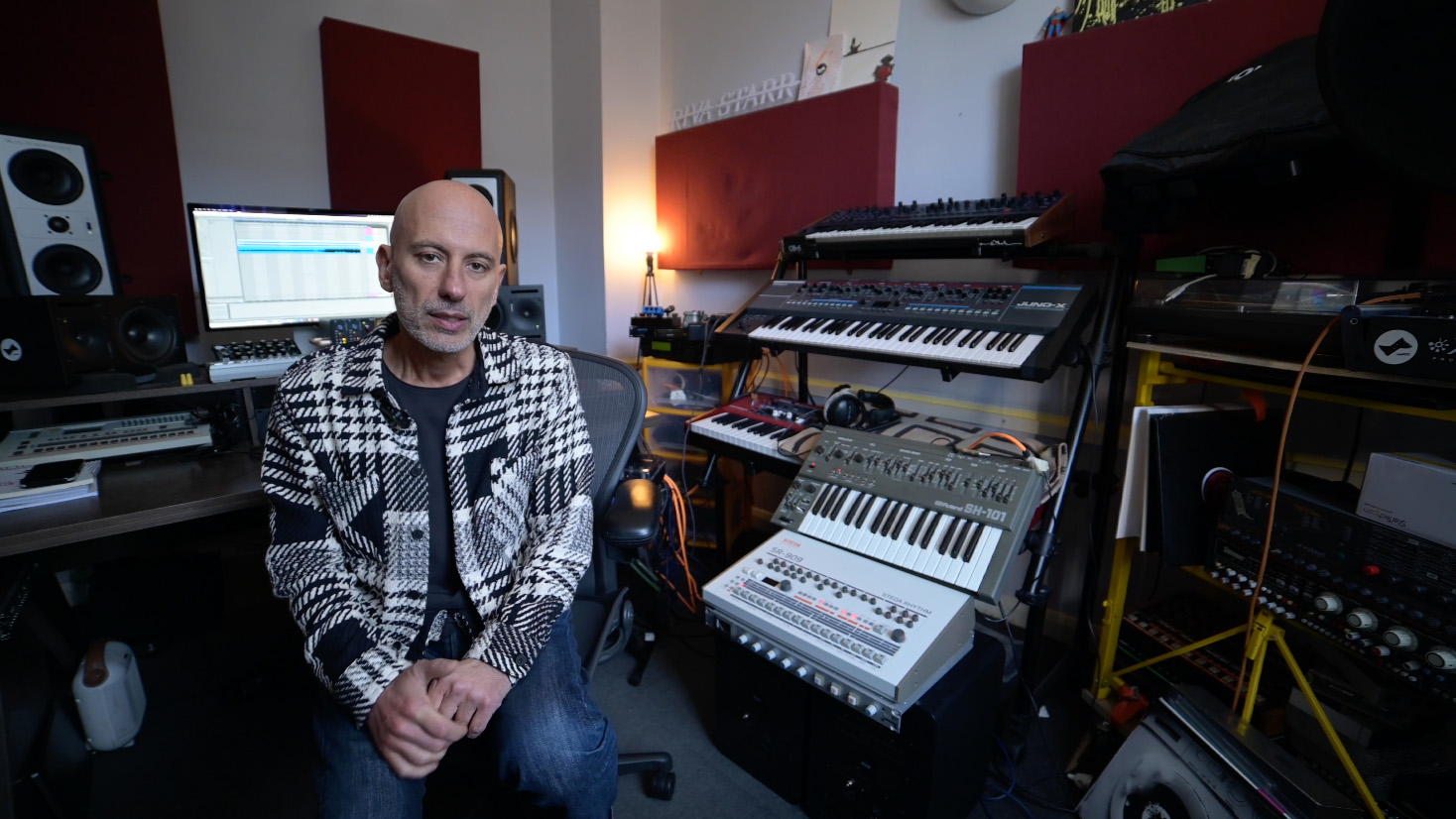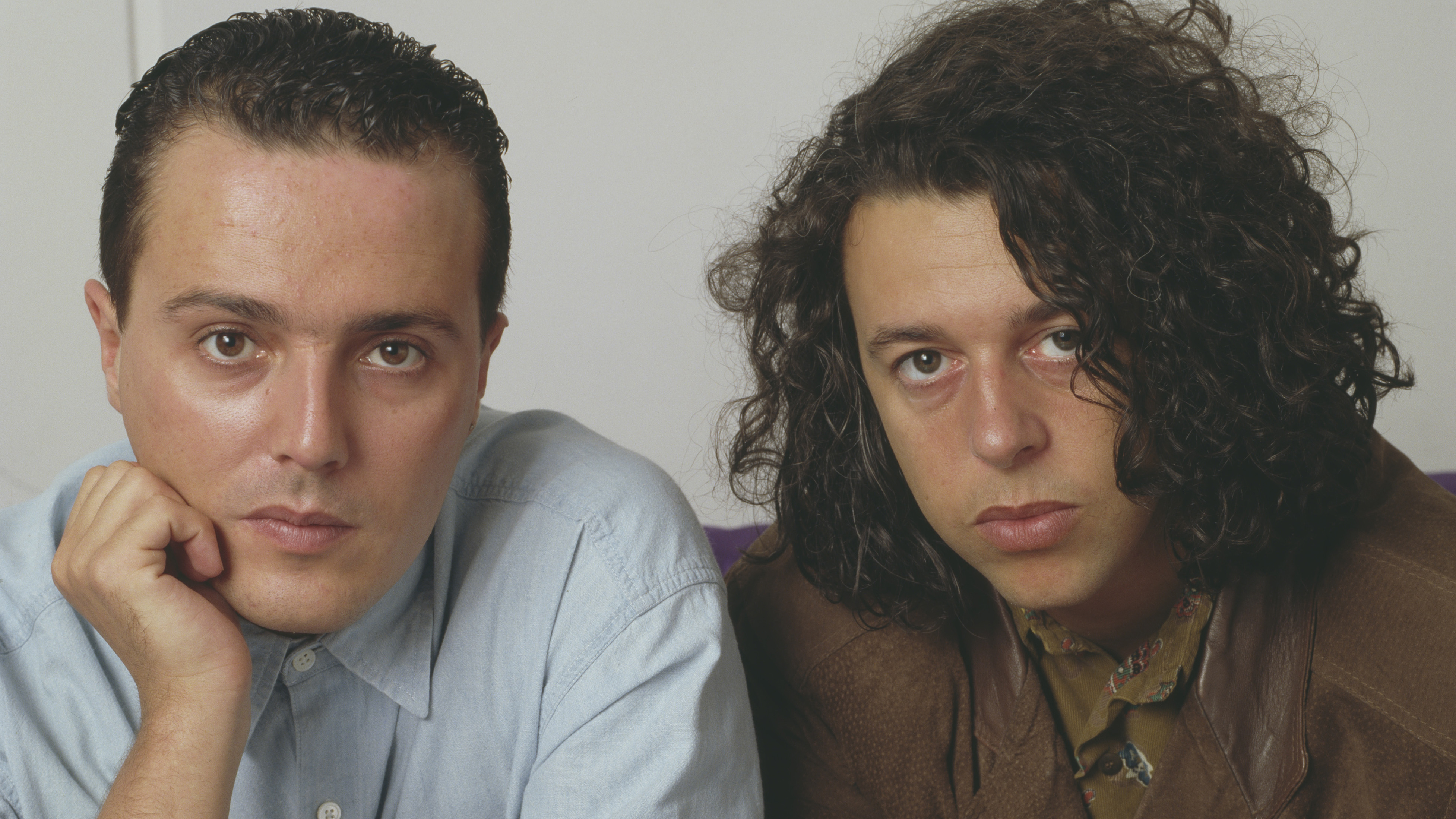How we test digital pianos
Everything you need to know about how the MusicRadar team tests digital pianos for our reviews and buyer's guides - full methodology explained
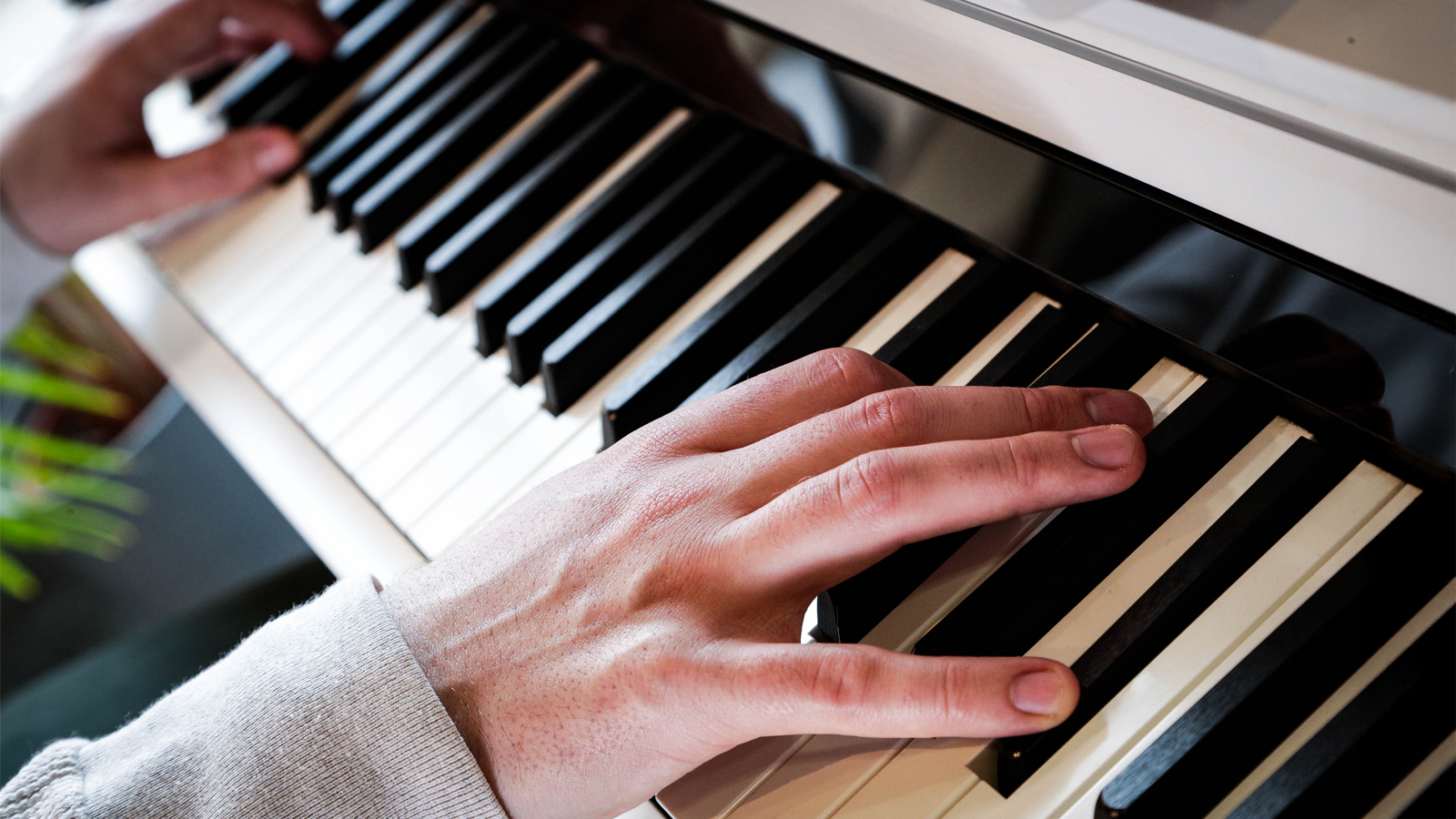
At MusicRadar, we're dedicated to bringing you the best expert insights on music gear. Our team carefully evaluates everything from keyboards and electronic drum kits to electric guitars and digital pianos. We dive deep into every product, ensuring we provide thorough and clear reviews so you can find the instrument that fits your needs. So, when you take our advice, you can feel confident you're choosing the instrument that's right for you.
Digital pianos have come a long way since their early days. Originally created as a more compact and affordable alternative to upright pianos, they’ve now evolved with such realistic sound, playability, and advanced features that we believe they should be considered on the same level as their acoustic counterparts, offering both versatility and exceptional quality for players of all levels. Although more affordable than acoustic instruments, digital pianos remain a significant investment, so here at MusicRadar, we put each product through its paces, leaving no stone unturned to help you make the most informed decision.
Come along as we reveal how we test digital pianos.
How we source and select products
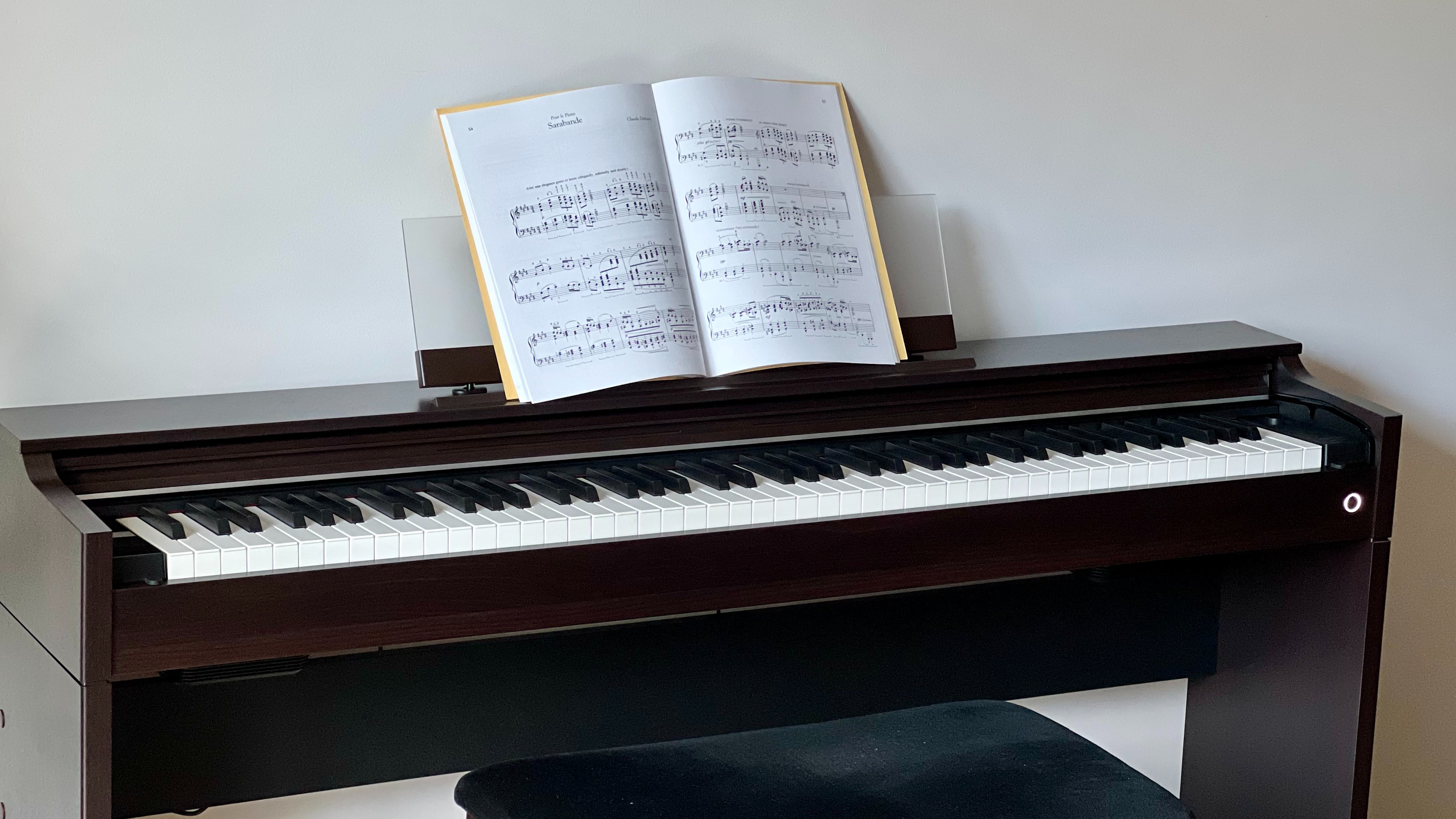
While sourcing products for testing often comes from the manufacturers reaching out to us directly, we always maintain an unbiased and independent judgment on the pianos we review. No amount of persuasion can sway us, we love pianos too much. Not that it’s ever happened, of course. Rest assured, our integrity is key, and we’re dedicated to helping you choose the right instruments.
Sometimes, we're unable to get a piano through a manufacturer or distributor. We'll then either buy it ourselves or take a trip to one of our favourite music stores to ensure we can still test and review it.
The way we choose pianos to review is based on our understanding of what pianists and aspiring musicians look for, the instruments available on the market, and the industry's evolving trends. Piano playing comes in many forms, with varying needs and experiences, and we want to guide every player, aspiring player, or those looking to get an instrument for a loved one. We may not be able to test every piano on the market, but we aim to review as many as we can, ensuring we cover all aspects of what's out there.
How we test
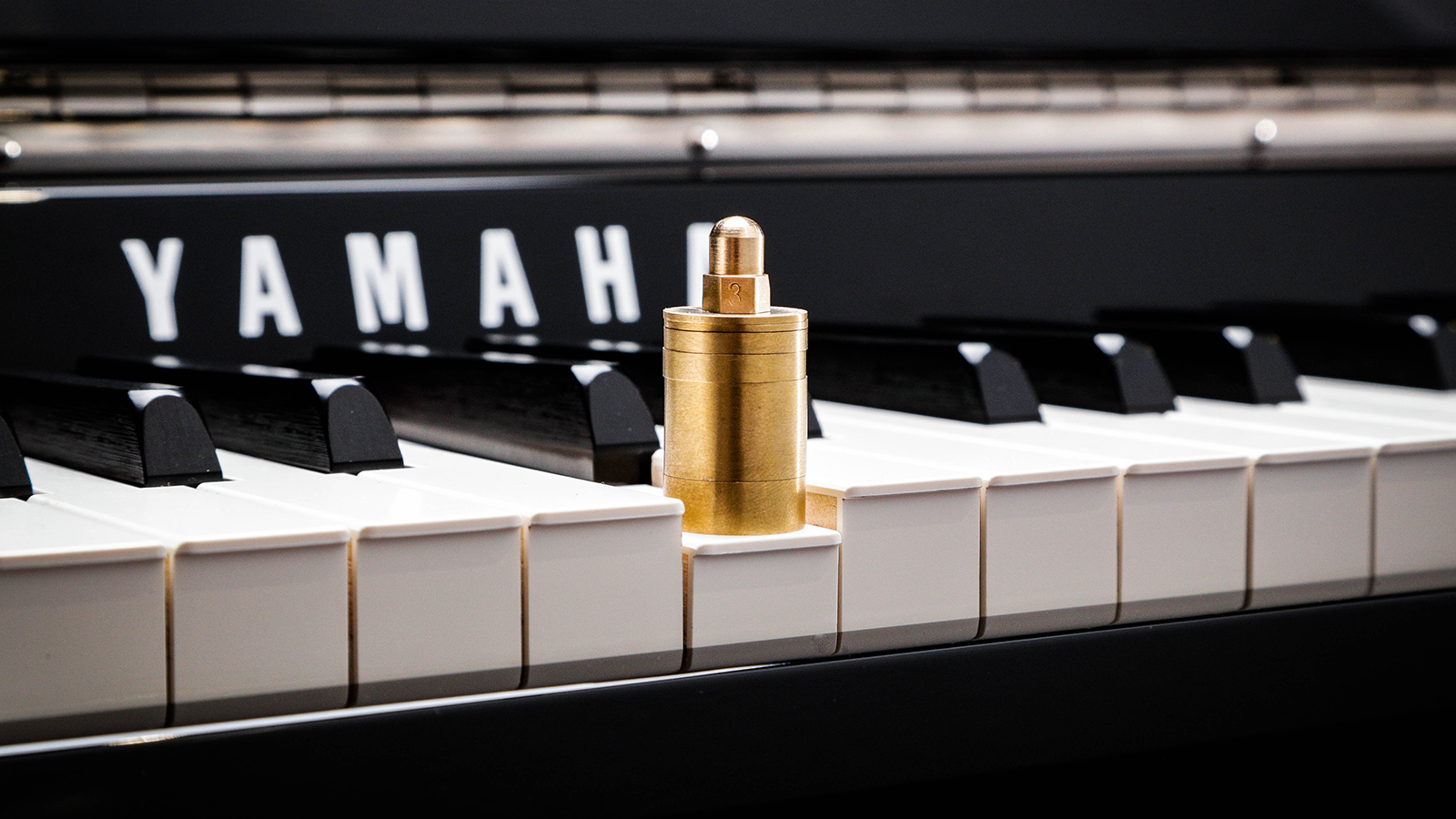
When we review a digital piano, we almost always approach it the same way:
- We first look at its design, size, different finishes, and overall how the instrument feels in the room.
- We have a good feel for its keyboard and how natural and enjoyable the playing experience is. We also assess if the keys are easy to play, which will determine if the piano suits beginners or more experienced players.
- We test the piano's sound by first listening through its speakers and how it fills the room, then switch to headphones to assess the quality and variety of the different voices.
- We explore the piano’s extra functionalities and assess how easy it is to navigate through them.
- We also consider the connectivity features of the piano; try the app if there’s one.
- From all our observations and knowledge of similar models, we assess if the piano delivers what it promised and if it's good value for money.
We'll now get into more detail with a breakdown of our review process and a more in-depth explanation of our different testing methods.
Design and quality
Most people buy a digital piano as an alternative to an upright piano. While we all look for excellent playability and sound quality, a digital piano is a permanent fixture in our living rooms.
So, its design plays an integral part in choosing a digital piano. We've found that digital pianos seem to be designed in two ways: they're compact and made for small spaces with minimal and space-saving shapes, while others are more imposing and resemble the presence of an acoustic piano. Some even have the shape of baby grand pianos!
The piano's design will also give us an idea of the build quality and longevity; digital pianos are more of an investment than other, more affordable beginner pianos, and they must stand the test of time. Its build quality matters, too. We closely examine the finish, pedals, legs, music stand functionality, and buttons.
Some pianos have sleek function buttons that look great but feel a bit flimsy, which could be an issue over time. Others use more traditional faders and knobs that may not look as modern but feel sturdy and reliable.
So it's important to weigh the differences between design and build quality. We also examine the different colours and finishes available, assessing whether the piano leans toward a classic, timeless design or makes more of a bold statement. Simply, how great of a piece of furniture is it?
Playability
Now, we shouldn't judge a book by its cover, so we jump right into playing the instrument. It's essential for us to spend some time with the piano and play different styles of music: soft emotional music, louder poppy tunes, and fast jazz improv. We're looking for how realistic the playing experience is, how expressive the keyboard is and how easy and enjoyable it feels to play. If we're immersed and inspired to the point of almost forgetting we're playing on a digital instrument, then we know we're in for a treat!
The natural playability will be dictated by the key action, the weight of the keys and the hammer action technology used in the keyboard. We aim to find the complex sensations characteristic of an acoustic piano's keyboard mechanism, which allow for greater expression and dynamics.
We also take the time to research the documentation on the technology used in the key action to understand the extent of the engineering behind it. A digital piano will come with impressive-sounding technology, but does it actually add something valuable or natural to the playing experience?
We attach importance to the feel of the keys. Do they feel comfortable to the touch? If they're not made of wood, do they replicate the texture of the keyboard of an acoustic instrument? Or are they too polished and slippery, which might potentially cause grip issues during extended playing sessions?
Now, to measure the piano's action, we use special piano weights to get an idea of how much pressure is required to depress a key. To do this, we add a gram weight at the end of a Middle C and take note of the exact weight needed for the key to begin to go down. This is by no means a scientific test, but it gives us a general idea of how heavy or light the action is on that particular piano.
After getting a good feel for the instrument, we assess its playability. Some digital pianos are designed with beginners in mind, featuring lighter, softer keys that require less finger strength. More advanced players often prefer fully weighted keys, which offer greater dynamic control and articulation. Weighted keys mimic the feel of an acoustic piano and typically require stronger fingers and more refined playing techniques to fully express dynamics and phrasing.
Sounds
Nothing kills the magic of playing the piano faster than a lifeless, tinny, and artificial-sounding digital instrument. Especially in a more premium digital piano, sound quality, realism, and an immersive playing experience are crucial.
First, we like to play the instrument without headphones to see if the piano speakers are up to scratch. We don’t necessarily judge the instrument based on how loud it can go but more on how clear it sounds, how vibrant the tone is, whether the whole frequency spectrum is clear and also if the sound fills the room organically as an acoustic piano would. Poor speaker performance tends to remove from the overall playing experience, even if the piano looks and feels good. We found that more compact pianos feature smaller speakers, which means boxier-sounding instruments. In comparison, larger digital pianos with bigger speakers offer a wider sound, brighter highs and deeper lows. Some new digital pianos use resonance technology that is designed to simulate how sound travels through, and interacts with, the body of the instrument for adding tonal depth and a more natural feel.
We think it's a huge plus when a piano sounds great without headphones. It’s important to us to be able to just turn it on and play in the room rather than having to rely on headphones to get an immersive experience.
We then test the sound with headphones, focusing on overall quality, realism, tonal depth, and how it responds to our playing. If we can close our eyes and disappear into the music, we have a winner! Very often, digital pianos these days perform incredibly well when played using headphones with all sorts of modeling technologies that recreate the resonance that occurs inside an acoustic instrument, as well as superbly sampled pianos and reverbs.
Finally, we test the different instrument sounds with and without headphones. We focus on how realistic they sound and how relevant and useful they are for today's players. Do they add something unique to the piano? Too often, piano makers put a lot of effort into creating detailed piano sounds but neglect to craft compelling sounds from other instruments. We are always very pleased when pianos offer a more contemporary choice of sounds, like felted pianos, synthesisers and realistic string instruments.
Usability
While modern digital pianos often come packed with extra functions, navigating through them isn’t always smooth sailing! So, we explore the different extra functions, focusing on how useful and easy access they are. We mess around with the different effects, try the metronome and dive into the different reverbs.
Modern digital pianos tend to offer very similar functionalities, but what really sets them apart is how easy it is to navigate through all the settings. For instance, how quickly can we switch between different sounds? Trust us, it’s not always as straightforward as it should be.
Do we find ourselves reaching for the manual every time we want to adjust something, or does it become second nature after a few weeks of playing? Some digital pianos need to be connected to an app to access all of the different functions, while others will have everything under the hood.
We test the pianos over a few weeks of regular use, so if we’re frustrated after every session, we know the usability isn’t exactly one of the piano’s strong points!
Connectivity
Digital pianos are premium instruments and need to keep up with the times. We make sure to try every app integration, recording function, and connectivity option to see how they work with modern tech. They usually have an app that enhances the playing experience, often offering interesting learning tools. But how seamless is the connection between the piano and the app? Is Bluetooth available, or do we have to plug it into our devices whenever we want to access the app? These might seem like small details, but we believe a digital piano should feel seamless and intuitive, leaving you free to enjoy playing and be creative.
We explore the app and compare the different learning features. Some instruments now offer exciting tools like real-time playing assistance or the ability to import and transcribe music from your library, so you can learn your favourite songs. The piano’s connectivity will also give us a better sense of whether it's a wise investment for the long haul.
Value for money
Throughout all the elements we assess, it's important for us to keep value for money in mind, especially since buying a digital piano can be a bigger investment than a more affordable portable or beginner model. While we’re reviewing the piano, we like to refer to similar models that other competitors might offer, so we know we’re giving you an unbiased view. We also want to consider every playing level and experience, along with the true value of the various extra technologies, so we can help you make the right choice. This way, you won't be tempted by features that might look amazing in a sleek social media ad but, in reality, perform poorly or turn out to be less useful than you'd expect.
Pianos are our passion, and we’re here to help you find the right one for you. Whether you're a seasoned player or a beginner, we aim to provide the insights you need to make a confident, informed choice and get the most out of your musical journey.
How we record audio samples
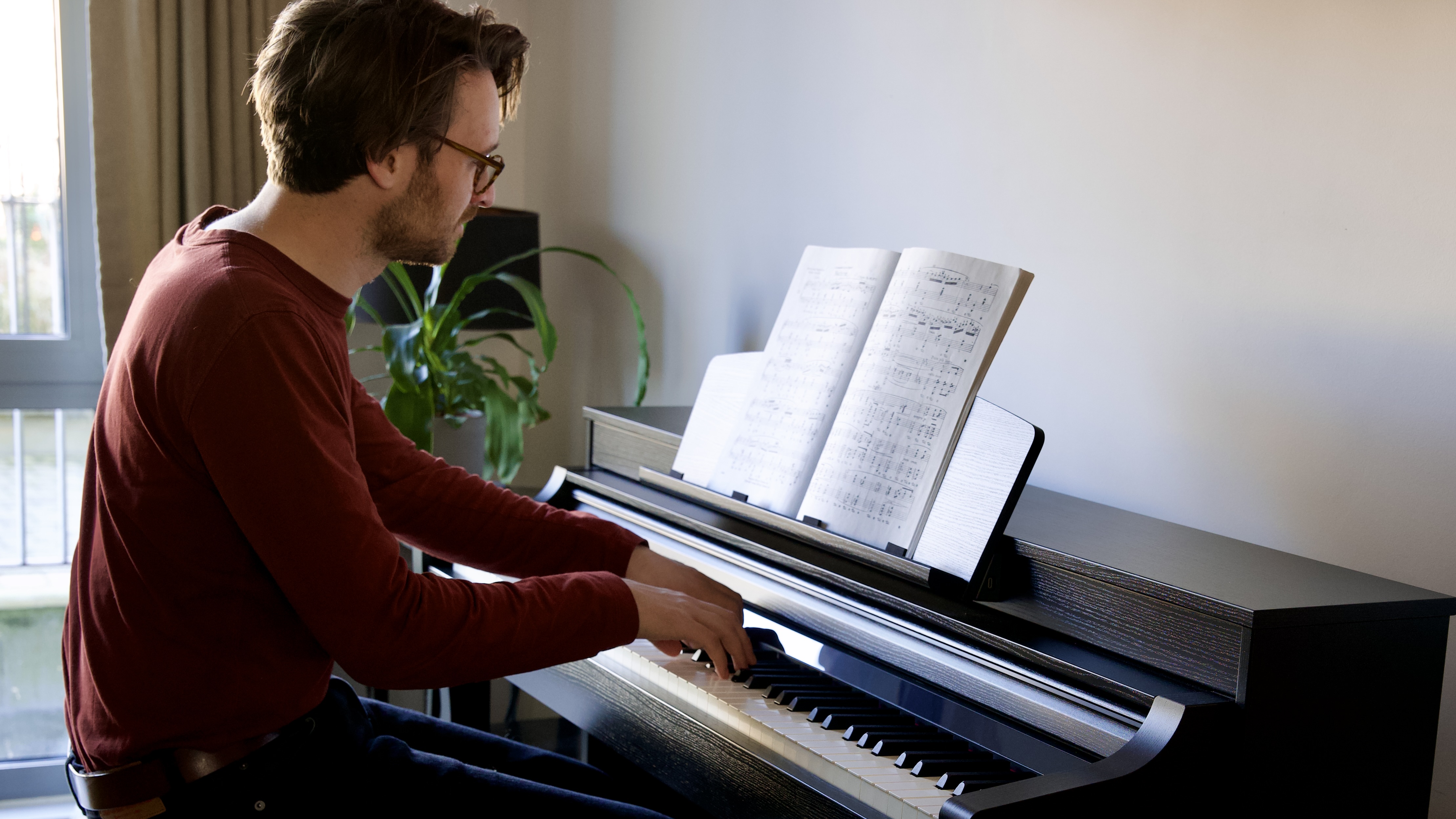
Some of the pianos we test truly deserve to be heard, so we record audio samples for you. To keep the most authentic sound, we connect the digital piano’s output (usually the headphone or line-out jack) to an audio interface connected to a DAW. Then, we check its level and apply a simple gain adjustment so the recording is at a good volume. No mixing, no enhancing, just the pure sound of the instrument as it sounds when played through headphones.
We don’t think recording how the piano sounds in a room is relevant, as every room is different. Only a highly technical recording done in a controlled environment could capture the sound of the instrument in a room, but even then, it wouldn’t necessarily be accurate.
Meet our experts
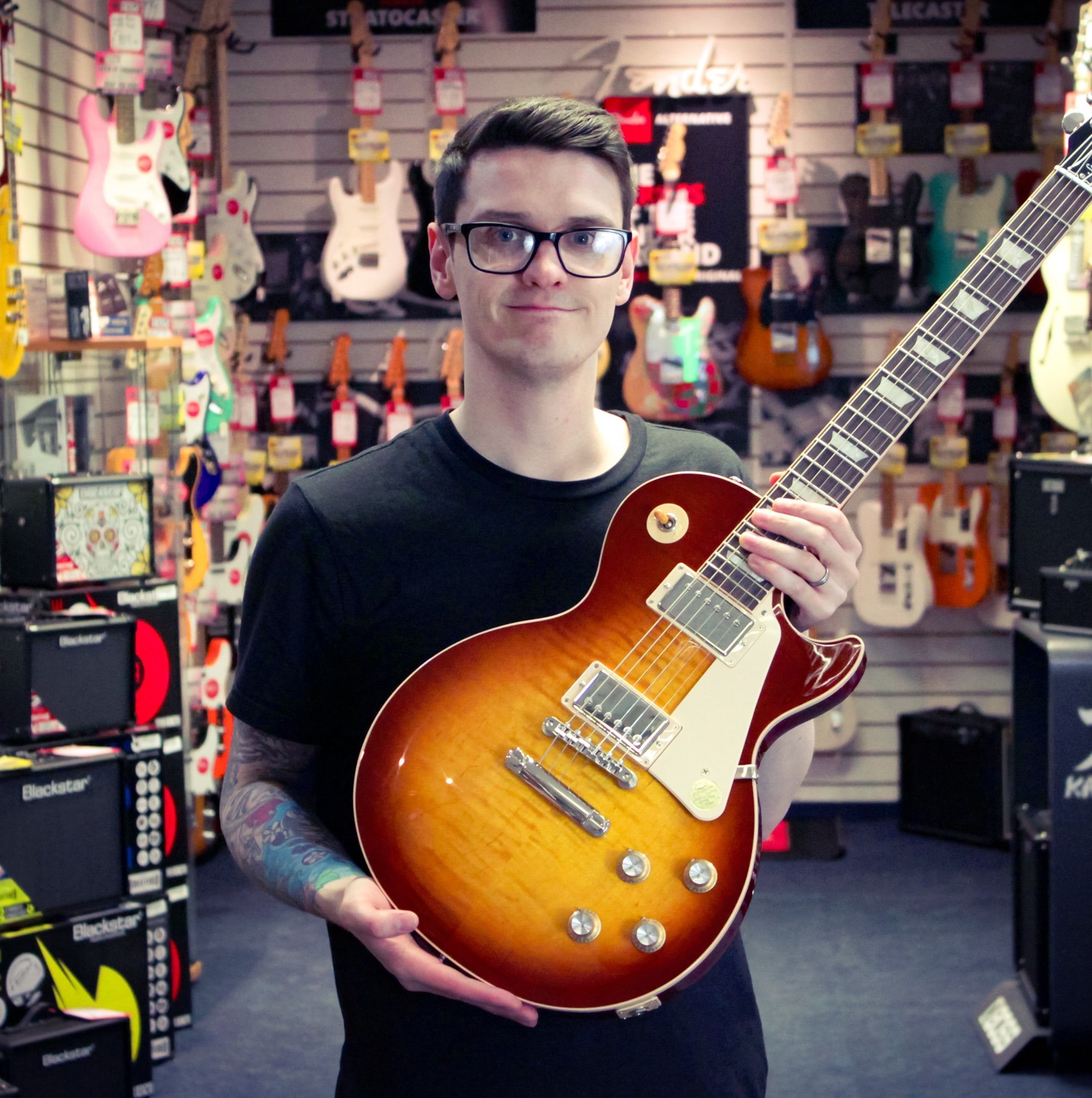
Daryl is a Senior Deals Writer at MusicRadar, and is responsible for writing and maintaining buyer's guides on the site as well as testing out products for reviews. Before writing for MusicRadar, Daryl worked for many years in music retail, helping musicians of all ages find the best gear for them. Whether it was a beginner's first keyboard or a top-of-the-range digital piano for the pros, Daryl was there to help steer players in the right direction.

I’m the Deputy Editor of MusicRadar, having worked on the site since its launch in 2007. I previously spent eight years working on our sister magazine, Computer Music. I’ve been playing the piano, gigging in bands and failing to finish tracks at home for more than 30 years, 24 of which I’ve also spent writing about music and the ever-changing technology used to make it.

Quentin is a a composer specialising in writing for contemporary dance, theatre and film. He is also a classically trained pianist and multi instrumentalist. One half of trip-hop duo Moon Thrills, Quentin also teaches songwriting to the undergraduate students at LCCM in London. He has a newly discovered passion for sound synthesis and finds it a great way to explore new and exciting ways to develop his music.

Dave is an expert in all things keys, from beginner keyboards, to digital pianos, synths and beyond, and has been a music technology writer and product tester since 2007, contributing to the likes of Computer Music, iCreate, MusicRadar and Attack Magazine. Dave has also programmed and played keys on recordings by a range of world-renowned artists including George Michael, Kylie and Gary Barlow.
Related buyer's guides
- The best online piano lessons: top software, apps and websites
- Don't forget about these essential piano accessories
- We quash any worries you may have about ordering a piano online
- Just starting out? Here are the best digital pianos for beginners
- Don't forget to pick up one of the best music stands
- How to clean your piano keys, step-by-step
Quentin is a composer specialising in writing for contemporary dance, theatre and film. He is also a classically trained pianist and multi-instrumentalist. One half of trip-hop duo Moon Thrills, Quentin also teaches songwriting to the undergraduate students at LCCM in London. He has a newly discovered passion for sound synthesis and finds it a great way to explore new and exciting ways to develop his music.
You must confirm your public display name before commenting
Please logout and then login again, you will then be prompted to enter your display name.
“Delivers streamlined DAW integration with an excellent hammer action keyboard”: Arturia Keylab 88 Mk3 review
MusicRadar deals of the week: I'm feeling this! Score an impressive £350 off the Fender DeLonge Starcaster, as well as hundreds off Epiphone, Gretsch, Gibson and more


